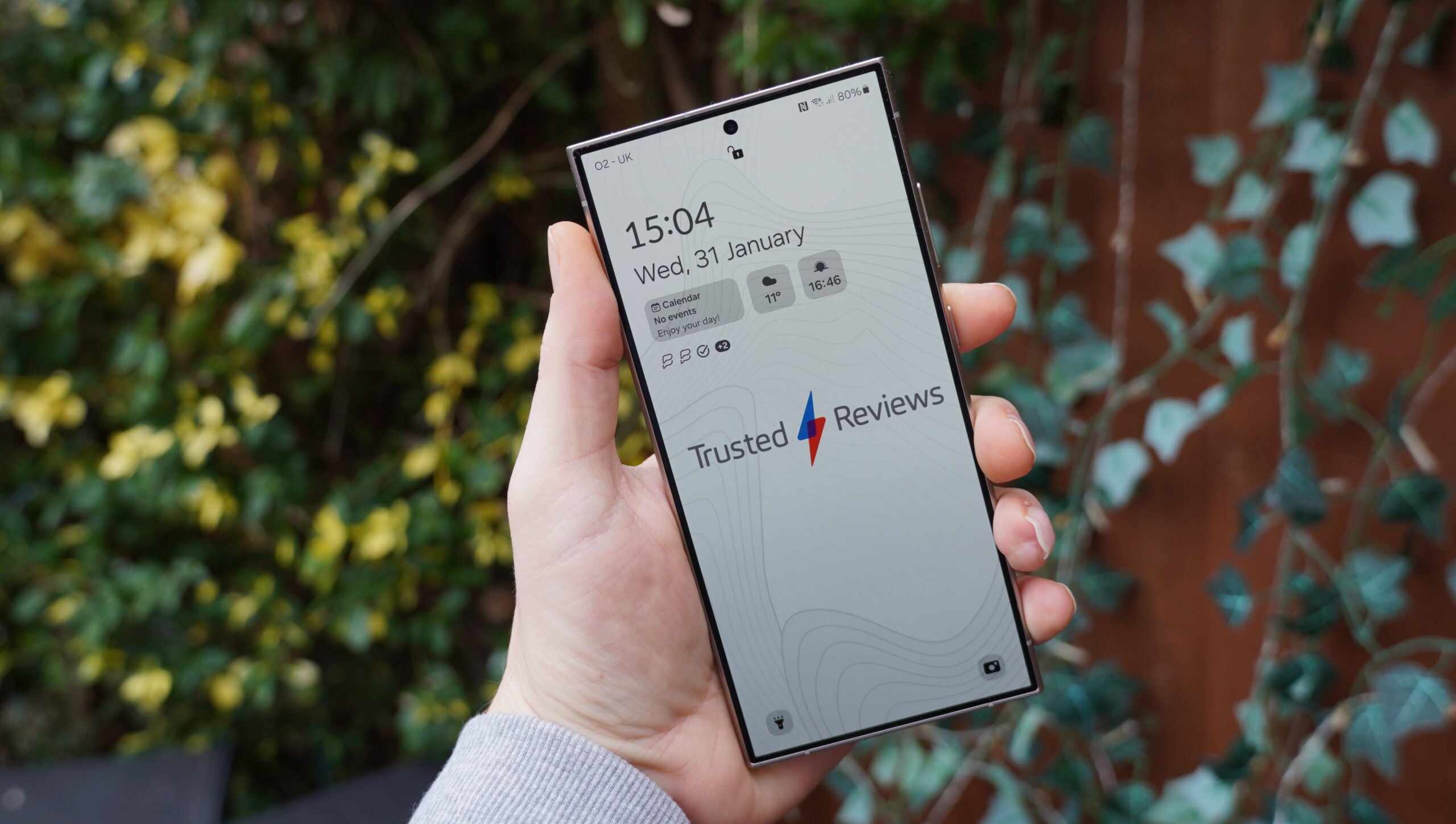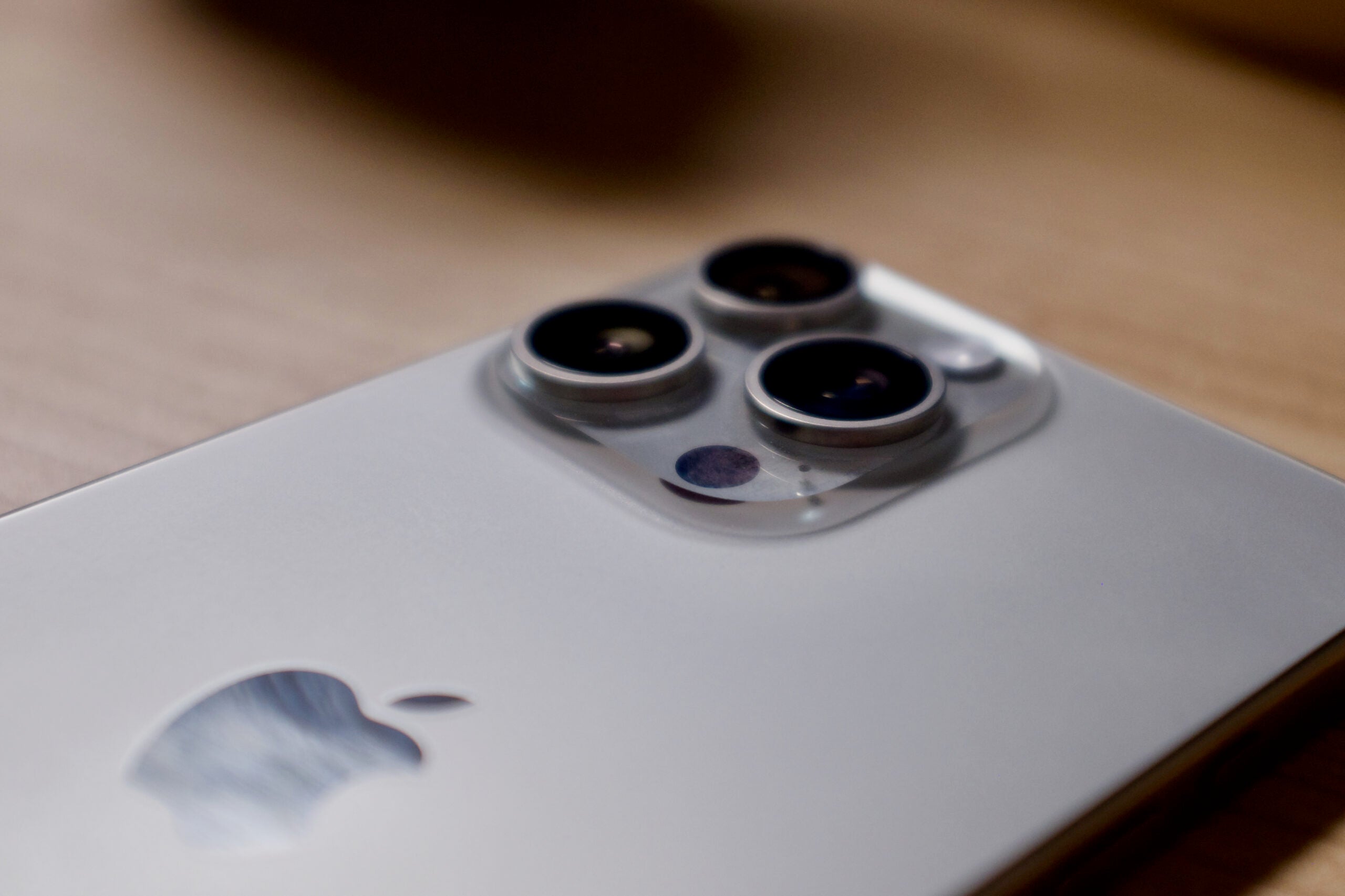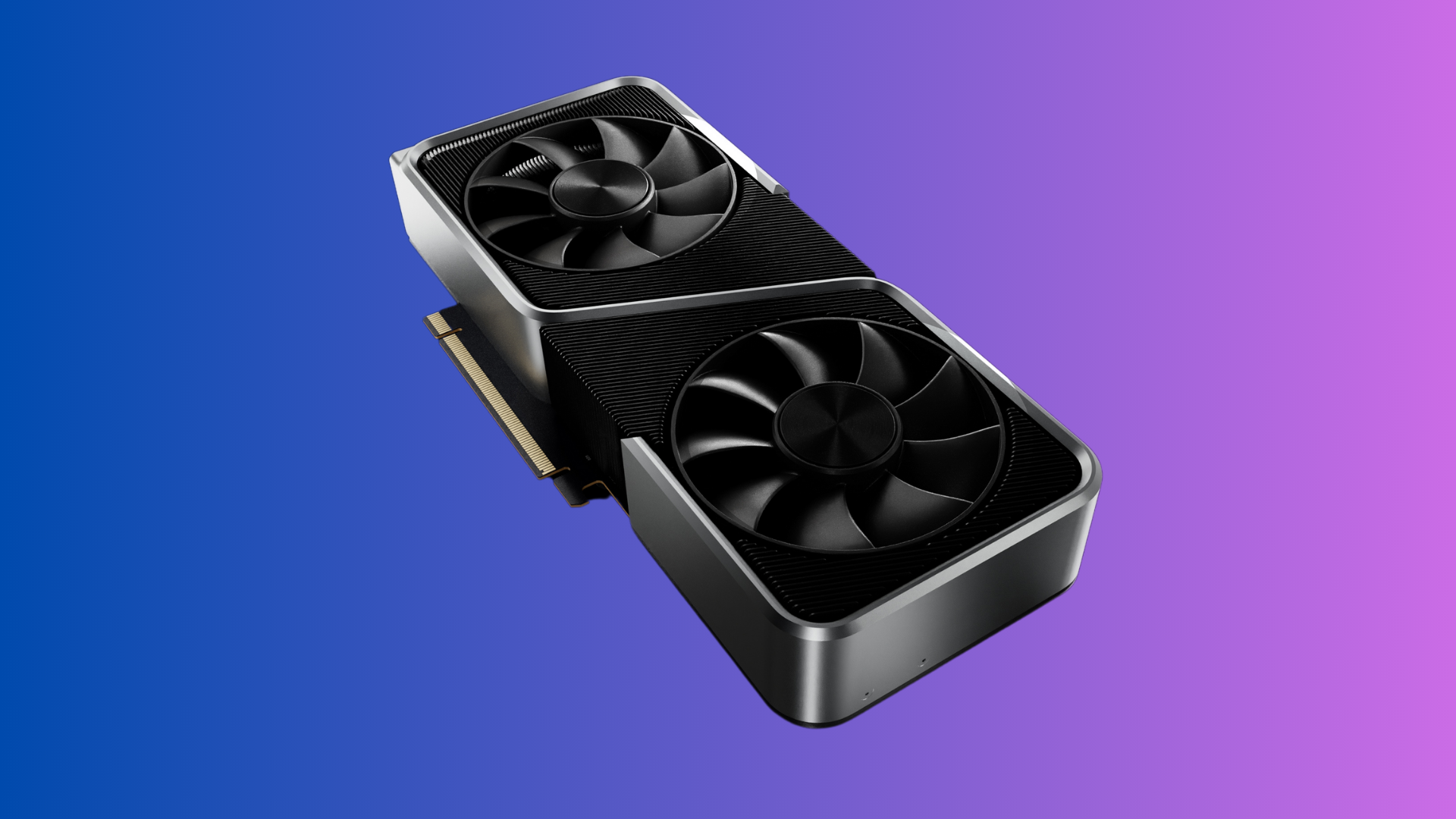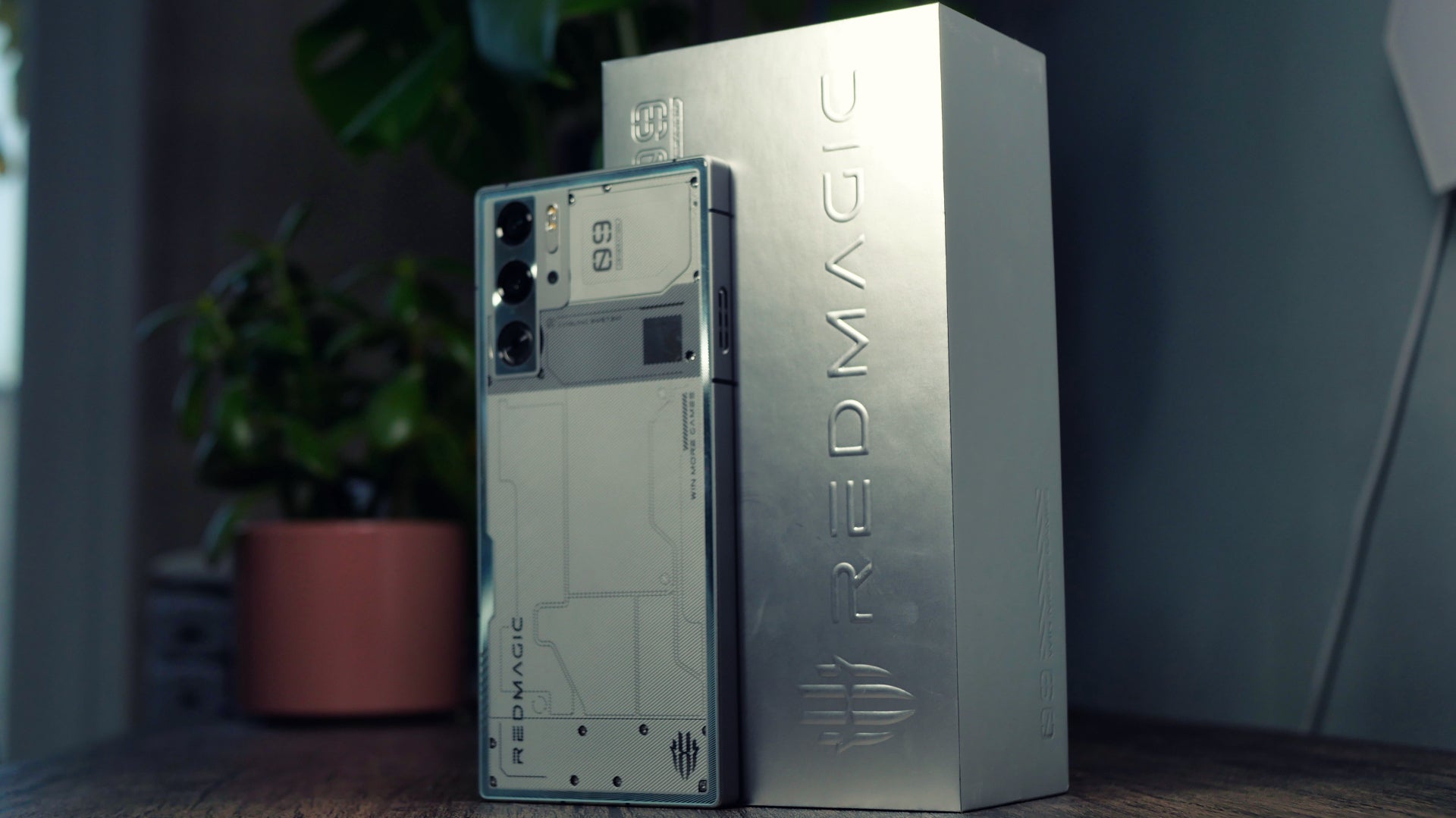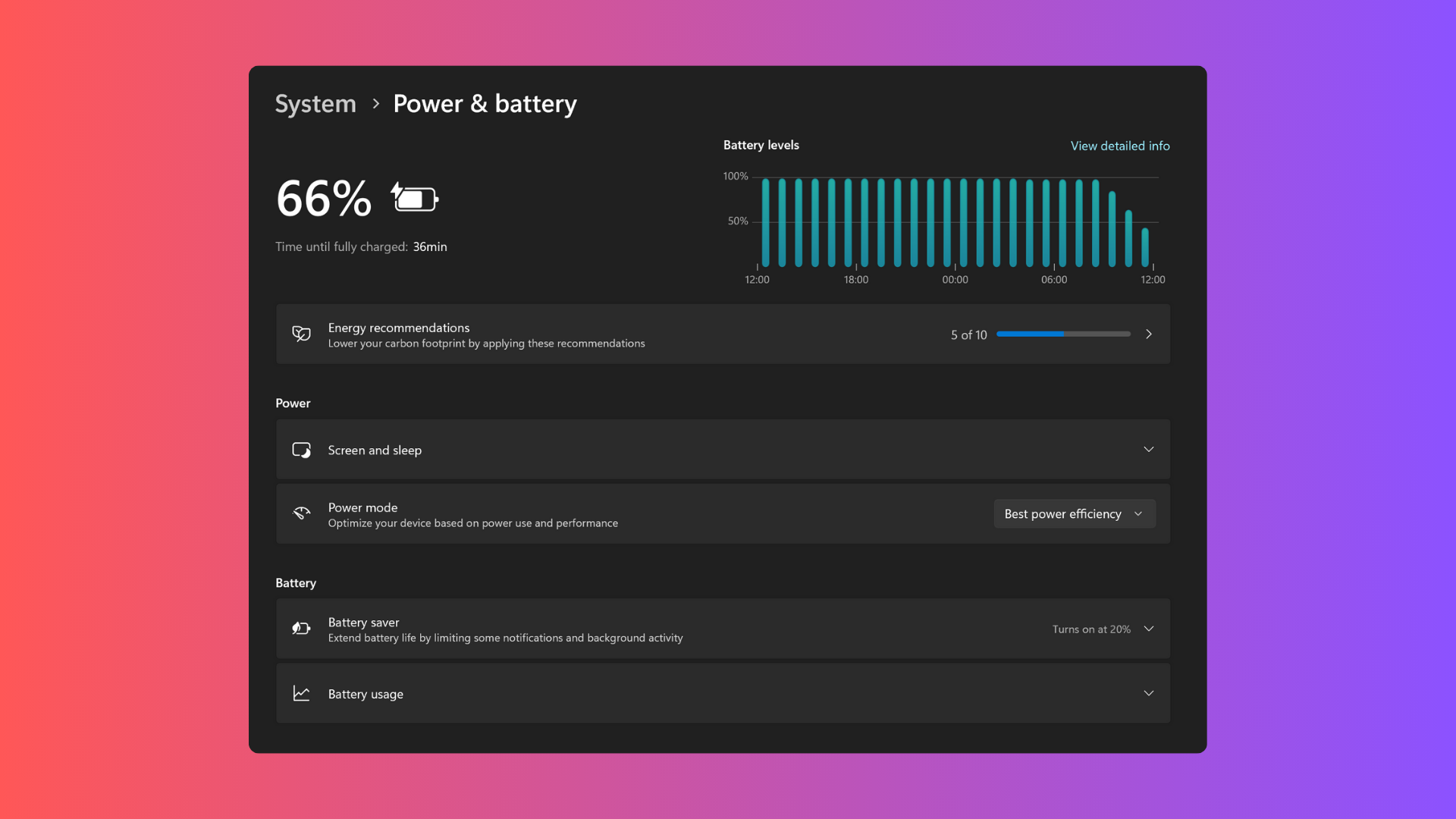What is Bluetooth 5.3?
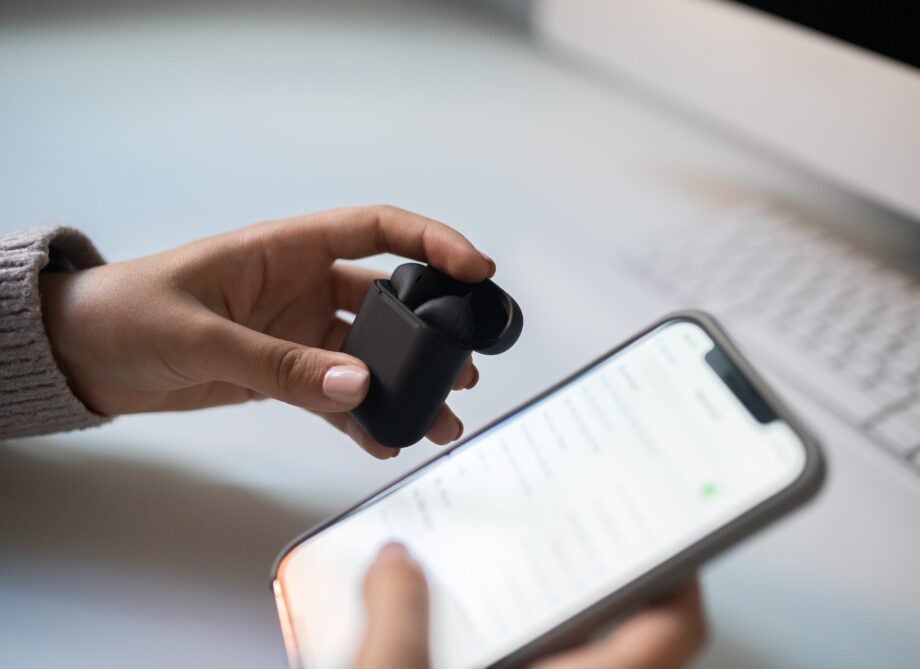
If you’re buying a new smartphone, headphones, speaker or any other device that makes use of Bluetooth wireless connectivity, you may have come across the term ‘Bluetooth 5.3’.
Keep reading to learn everything you need to know about Bluetooth 5.3, including what it is and how it compares to Bluetooth 5.2 and below.
What is Bluetooth?
Bluetooth is a wireless technology that makes it possible to transfer and receive files over short distances. This makes it ideal for connecting wireless devices, such as headphones, game controllers, keyboards and more.
The technology works by harnessing Ultra High Frequency radio waves in the 2.402 GHz to 2.48 GHz spectrum and generally has a range of about 10 metres.
What is Bluetooth 5.3?
Bluetooth 5.3 is the latest version of Bluetooth, falling under the Bluetooth 5 umbrella. The update was initially published in July 2021 before launching in May 2022 and has since been featured on a wide range of devices with wireless capabilities.
Bluetooth 5 provided twice the speed, four times the range and eight times the amount of transferable data compared to the Bluetooth 4 standard that came before it. On top of this, Bluetooth 5 made it possible to connect two sets of wireless devices simultaneously thanks to its wider 2 Mbps bandwidth.
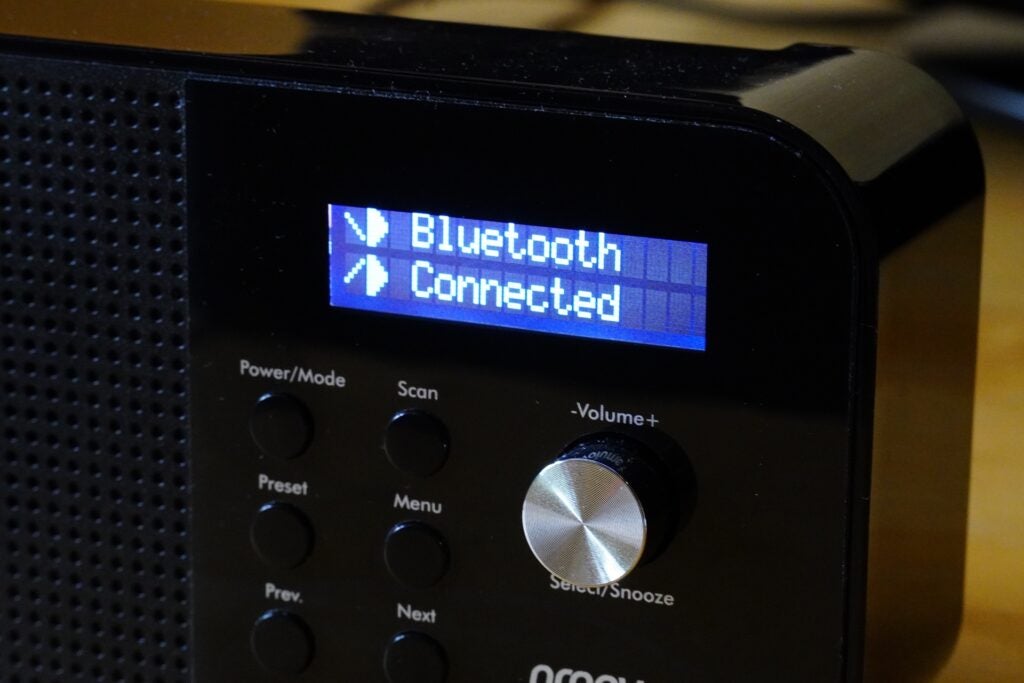
Bluetooth 5.3 takes this a few steps further by introducing more changes to the Bluetooth standard.
The first update is Periodic Advertising Enhancement. Bluetooth often automatically transmits multiple packets containing the same data to increase the probability that this data is received. With Bluetooth 5.3, receiving devices can now recognise when they receive a packet containing data that has already been processed and discard it immediately rather than wasting energy passing that information along to the host.
Next up is Encryption Key Size Control Enhancements. Bluetooth devices typically use encryption to ensure no third parties can intercept data as its transferred. The strength of this protection is determined by the size of the key used to encrypt the data. Previously, the hosts needed to query their controllers to select a minimum key size, which was not the most efficient method. Bluetooth 5.3 allows the host to specify a minimum key size from the get go.
The latest version of Bluetooth also introduces Connection Subrating. This feature allows for rapid switching between low duty and heavy duty cycles when needed, for example when accepting a phone call using hearing aids. This should improve the user experience as changes to the duty cycle have traditionally taken some time.
Lastly, there’s Channel Classification Enhancement which allows peripheral devices to perform channel classification and influence the channel map used for adaptive frequency hopping. This should improve the reliability of the connection in many scenarios.


